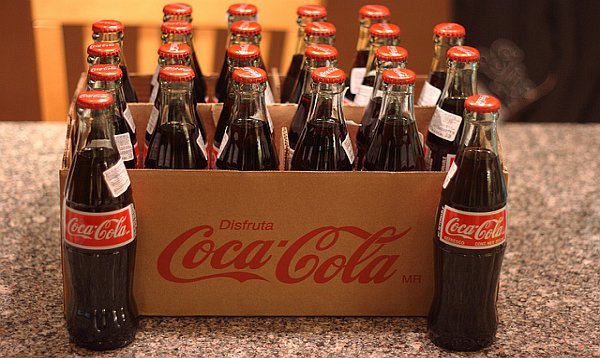Mexico - In a report published by the Organization for Economic Development (OECD,) entitled "Obesity Update 2012," the OECD recommended that Mexico put a 20 percent tax on soft drinks in the country and use the revenue from the tax to invest in better water treatment to provide citizens with potable running water.
The El Poder del Consumidor (EPC) urged the Mexican government to follow this international recommendation and raise taxes on soft drinks to protect health and lower Mexico’s alarming diabetes rate. EPC is a social agency that defends consumer rights.
Alejandro Calvillo, president of the EPC, said that Mexico has one of the highest diabetes rates and is the largest consumer of Coca-Cola in the world, with an average per person consumption of more than 59.4 gallons a year. “The average Mexican spends more money on Coca-Cola than tortillas or eggs or beans,” said Calvillo, citing an EPC study.
In Mexico, Coca-Cola consumption by youngsters doubled from 1992 to 2002, according to the OECD, and according to another EPC study, 70 percent of adolescents in rural communities said they drink Coca-Cola with breakfast.
The EPC stated that advertising and low prices in rural and indigenous communities has contributed to the increase in Coca-Cola consumption. Coca-Cola lowers soft drink prices by 35 percent in rural communities to be able to reach the market, explained Dr. Marcos Arana, from the National Institute of Nutrition. Furthermore, in some states, governments have contracts with Coca-Cola and take a share of the company’s profits, he said.


